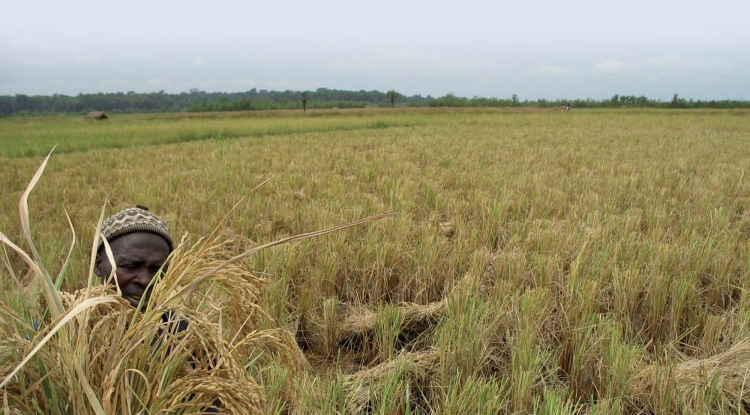This dossier, published by Agropolis International in its bulletin issue No 17, inventories the taxonomic and living collections as well as the genetic resources managed by laboratories and research Institutes in the Languedoc-Roussillon Region. Truly a scientific heritage, these collections and resources are also supports for much research in the Biodiversity, Health and Agronomy sectors.
The local scientific community working in the field of biodiversity forms a unique group, with 31 research units bringing together over 1200 scientists and 400 doctorate students. Its prominent scientific excellence has been recently recognized once again, through the implementation, within the framework of the “investments for the future” programme, of the Mediterranean Center for Environment and Biodiversity (LabEx CeMEB) as a “Laboratory of Excellence”
To advance its research efforts, this scientific community has established significant reference collections, over the course of a history beginning in the late 16th century with the creation of the “Jardin des Plantes”(literally the “Plant Garden”) in Montpellier. These collections allow the study of biodiversity and of its applications in the fields of health, agronomy or environment.
In this, dated March 2013, Agropolis International was thus presenting the taxonomic collections, living collections and genetic resources belonging to the Institutes and laboratories in Montpellier and Languedoc-Roussillon. These descriptions were augmented with several articles describing the significance and use of these collections. Focusing on plant diversity, we refer back to these texts that perfectly stress how important it is to preserve this biodiversity, essential to the development of agriculture and to its adaptation to nascent environmental challenges.


